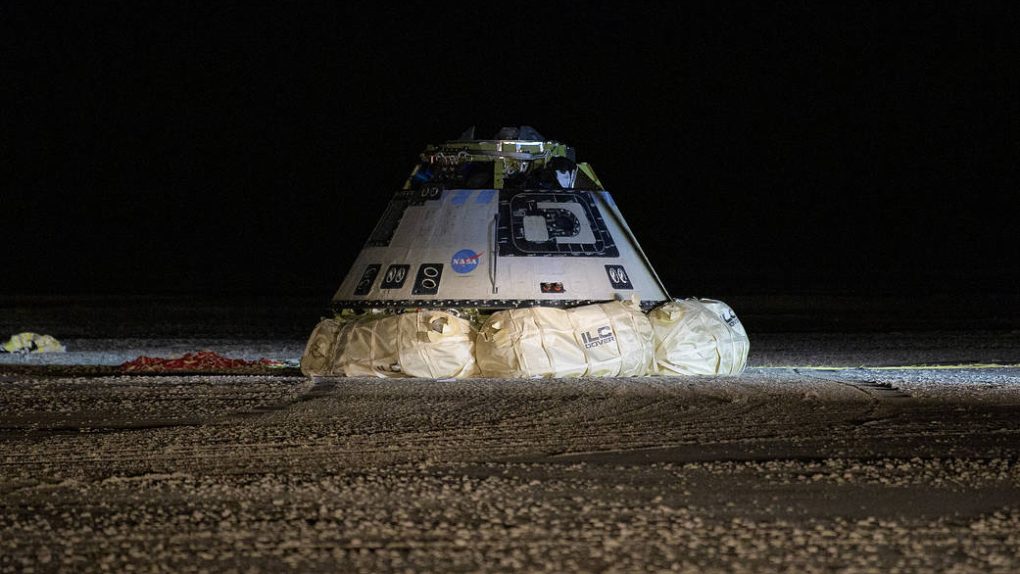- NASA announced today that its investigation into Boeing’s Starliner program revealed 80 issues that need to be addressed.
- The issues run the gamut from software issues to processes the company uses to test and validate its equipment.
- Boeing’s Starliner has still yet to complete an uncrewed test flight to the International Space Station.
Once upon a time, SpaceX and Boeing were in a race to see who would be first to deliver a crew-capable spacecraft to NASA. In the beginning, many analysts believed Boeing’s Starliner would beat SpaceX’s Crew Dragon to the punch. In hindsight, that was a foolish assumption, as there are currently two astronauts on the International Space Station right now that got there via a Crew Dragon spacecraft and Boeing still hasn’t even completed an uncrewed test flight to the ISS.
After the Starliner failed to make it to the ISS during its previous unmanned test — due to a clock glitch that caused the spacecraft to burn more fuel than it was supposed to — NASA and Boeing formed a team to dive deep into the Starliner program and figure out what still needs to be fixed. That team just completed their work and released a report that reveals the many shortcomings of Boeing’s spacecraft.
Getting a spacecraft that is designed to carry humans up to NASA’s safety and reliability standards can’t be easy, but Boeing appears to have seriously dropped the ball when it comes to Starliner. As NASA notes in its report, the team that reviewed the current state of the spacecraft found no shortage of potential issues. In fact, the space agency says it had a total of 80 “recommendations” for Boeing to address before it resumes flight testing.
NASA notes that because of the sensitive nature of the report — specifically, proprietary systems that can’t be described in-depth as they are owned by Boeing — it can only summarize the types of recommendations it provided the company with. Still, NASA offers a pretty good idea of the areas in which Starliner fell well short of expectations:
Testing and Simulation: 21 recommendations including the need for greater hardware and software integration testing; performance of an end-to-end “run for record” test prior to each flight using the maximum amount of flight hardware available; reviewing subsystem behaviors and limitations; and addressing any identified simulation or emulation gaps.
Requirements: 10 recommendations including an assessment of all software requirements with multiple logic conditions to ensure test coverage.
Process and Operational Improvements: 35 recommendations including modifications to change board documentation; bolstering required participants in peer reviews and test data reviews; and increasing the involvement of subject matter experts in safety critical areas.
Software: 7 recommendations including updating the software code and associated artifacts to correct the Mission Elapsed Timer Epoch and Service Module disposal anomalies; and making the antenna selection algorithm more robust.
Knowledge Capture and Hardware Modification: 7 recommendations such as organizational changes to the safety reporting structure; amending the Independent Verification and Validation (IV&V) approach; and the addition of an external Radio Frequency (RF) filter to reject out-of-band interference.
That’s a whole lot of work to be done. The good news is that NASA says Boeing is already working on all the problems that the report addressed, claiming that “action plans” for the issues are “already well underway.” We still don’t know when Boeing will be able to fly its first crewed Starliner mission, but we can expect it to be some time before all the issues are ironed out.








